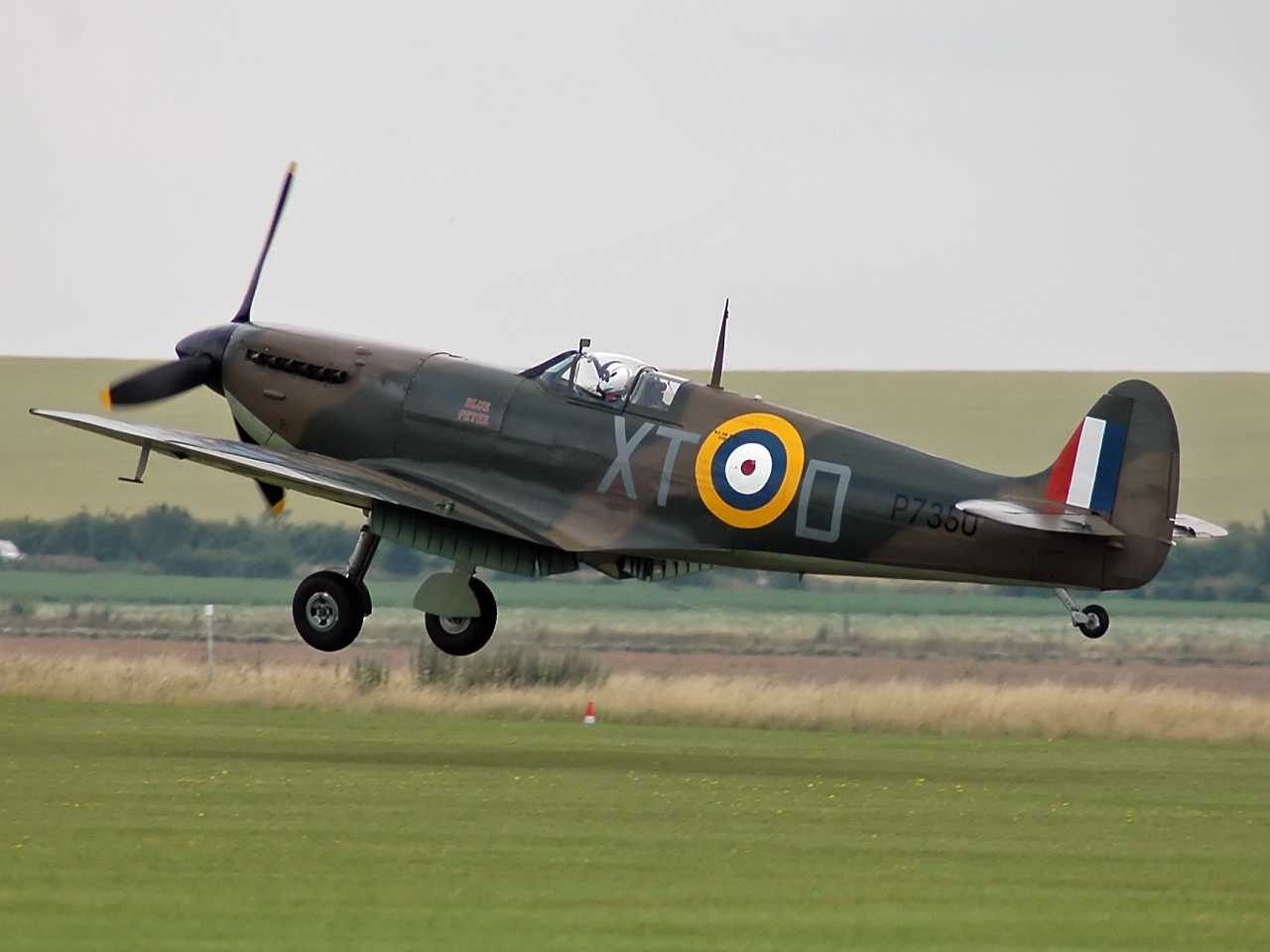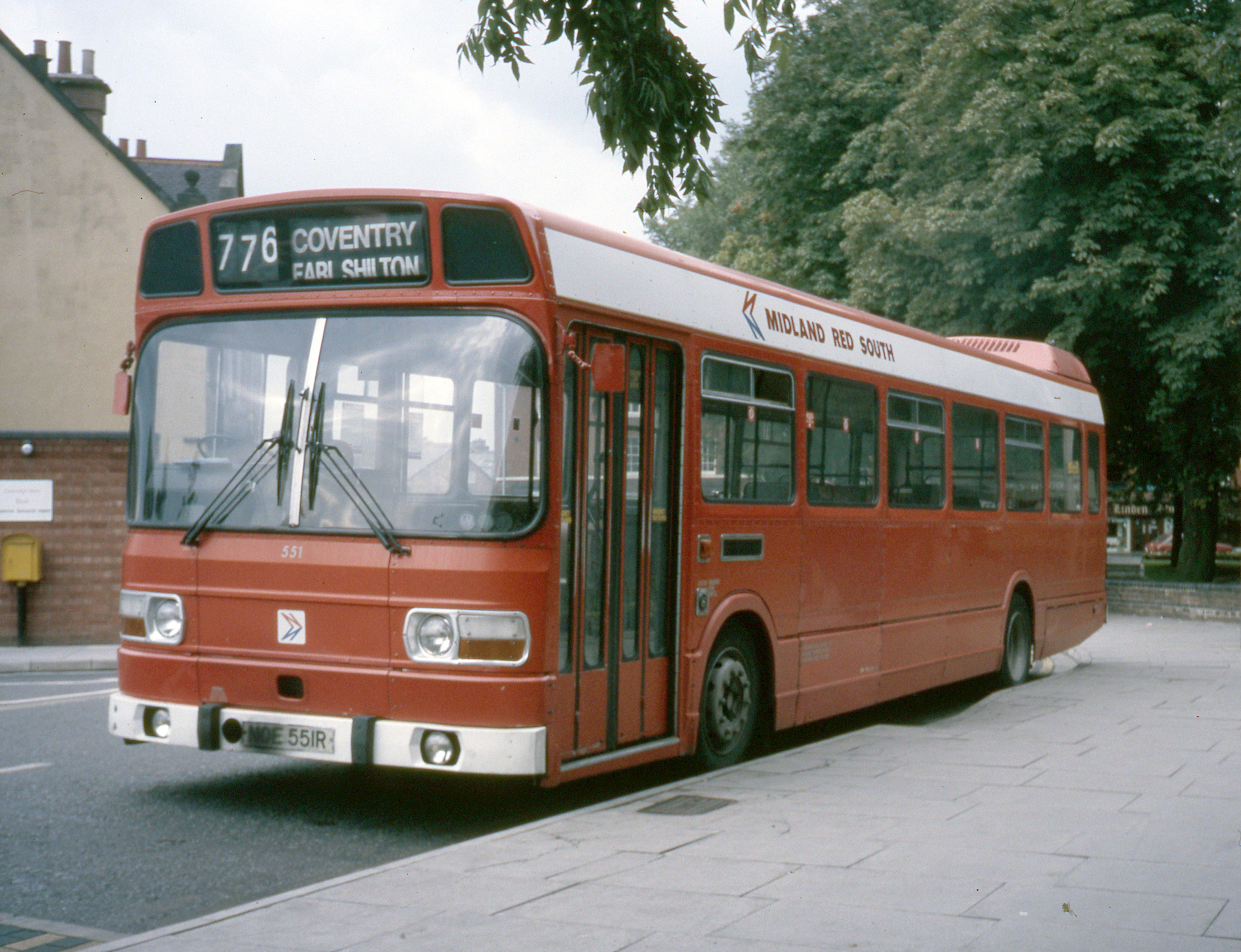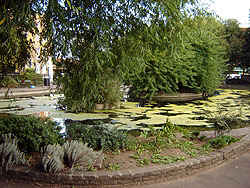|
Dalston Bus Garage
Dalston bus garage was a bus depot in Dalston, London, England. It was opened by Motor Bus Co in 1906, passing with the business to Vanguard Motors in 1907, who in turn sold out to the London General Omnibus Company in 1908. It was built on the site of a former cavalry barracks. It was closed by London Transport Executive (GLC), London Transport in 1981, when it was replaced by a new garage at Ash Grove bus garage, Ash Grove. From 1973 until 1976, six Leyland Nationals and six Metro-Scanias single deckers operated out of on route S2 from Clapton Pond to Bromley-by-Bow tube station on comparative trials, to see which would be most suitable for future London Transport orders. The route could only take single deckers, due to a number of low bridges en route. References Former buildings and structures in the London Borough of Hackney Bus garages in London Dalston Transport infrastructure completed in 1906 {{London-transport-stub ... [...More Info...] [...Related Items...] OR: [Wikipedia] [Google] [Baidu] |
Dalston
Dalston () is an area of East London, in the London Borough of Hackney. It is northeast of Charing Cross. Dalston began as a hamlet on either side of Dalston Lane, and as the area urbanised the term also came to apply to surrounding areas including Kingsland and Shacklewell, all three of which being part of the Ancient Parish of Hackney. The area has experienced a high degree of gentrification in recent years, a process accelerated by the East London line extension, now part of London Overground, and the reopening of Dalston Junction railway station, part of London's successful bid to host the 2012 Olympics. Bounds Dalston has never been an administrative unit, and partly for this reason the boundaries are not formally defined. There are generally understood boundaries in the south and west, but less clarity to the north and east. There is an electoral ward of the same name which covers a part of the northwest of Dalston. Dalston's boundaries (taking in Kingsland and Shac ... [...More Info...] [...Related Items...] OR: [Wikipedia] [Google] [Baidu] |
London Transport Executive (GLC)
The London Transport Executive was the executive agency within the Greater London Council, responsible for public transport in Greater London from 1970 to 1984. In common with all London transport authorities from 1933 to 2000, the public name and operational brand of the organisation was London Transport. Background and formation The Greater London Council came into its powers in 1965, but did not have authority over public transport. Responsibility for such provision had been removed from the London County Council and neighbouring authorities in 1933 and passed to the London Passenger Transport Board. The Transport (London) Act 1969 gave the GLC powers over the London Underground and London Buses, but not over British Rail services in Greater London. Fares policy The GLC aimed to increase usage of public transport, especially in Outer London, where car use was high. Fare setting policy was used to increase patronage on the London Underground and London Buses, particularly ... [...More Info...] [...Related Items...] OR: [Wikipedia] [Google] [Baidu] |
London
London is the capital and largest city of England and the United Kingdom, with a population of just under 9 million. It stands on the River Thames in south-east England at the head of a estuary down to the North Sea, and has been a major settlement for two millennia. The City of London, its ancient core and financial centre, was founded by the Romans as '' Londinium'' and retains its medieval boundaries.See also: Independent city § National capitals The City of Westminster, to the west of the City of London, has for centuries hosted the national government and parliament. Since the 19th century, the name "London" has also referred to the metropolis around this core, historically split between the counties of Middlesex, Essex, Surrey, Kent, and Hertfordshire, which largely comprises Greater London, governed by the Greater London Authority.The Greater London Authority consists of the Mayor of London and the London Assembly. The London Mayor is distinguished fr ... [...More Info...] [...Related Items...] OR: [Wikipedia] [Google] [Baidu] |
London General Omnibus Company
The London General Omnibus Company or LGOC, was the principal bus operator in London between 1855 and 1933. It was also, for a short period between 1909 and 1912, a motor bus manufacturer. Overview The London General Omnibus Company was founded in 1855 to amalgamate and regulate the many independent horse-drawn omnibus services then operating in London. Originally an Anglo-French enterprise, also known as the Compagnie Generale des Omnibus de Londres, the LGOC soon became the largest omnibus operator in London. It bought out hundreds of independently owned buses and established a consistent level of service for its fleet. Within a year, the LGOC controlled 600 of London's 810 omnibuses. Under its chairman Sir John Pound, in 1902 it looked at an option to purchase a competitor, the Star Omnibus Company, but it was unable to complete negotiations. LGOC began using motor omnibuses in 1902, and the last LGOC horse-drawn bus ran on 25 October 1911. In 1908 the LGOC bought the ... [...More Info...] [...Related Items...] OR: [Wikipedia] [Google] [Baidu] |
Ash Grove Bus Garage
Ash Grove bus garage is a bus garage in Hackney, East London. It is located on the Mare Street, where it crosses the Regent's Canal. The depot is occupied by two companies, Arriva London and Stagecoach London, and holds around thirty buses. Opened in 1981 by London Buses, it was closed in 1991 following the abandonment of the London Forest subsidiary, but reopened in 1994 by Kentish Bus. East Thames Buses have also used the site. History Ash Grove is one of three new garages opened in 1981 by London Buses at a cost of £3.5 million. It had space for 140 buses undercover and a further 30 in the yard. The roof was unusual in being carried by ten 35-ton triangular trusses, said to be the largest in the UK, supported on reinforced concrete columns. The garage assumed Hackney's operation of Red Arrow routes 502 and 513 using new Leyland Nationals which had been stored at the garage, and the entire Hackney and Dalston allocations. When London Buses was split into eleven separ ... [...More Info...] [...Related Items...] OR: [Wikipedia] [Google] [Baidu] |
Key Publishing
Key Publishing is a magazine publishing company specialising in aviation titles, based in Stamford, Lincolnshire, England. History '' Airliner World'' was launched in 1999. In 2005 it launched ''Airports of the World'', and in the same year it bought ''PC Pilot'' (originally launched in 1999), the world's best selling flight simulation magazine. In October 2009, Key Publishing bought Spain's leading aviation magazine ''Avion Revue'', and its Latin American (Mexico and Argentina) editions, formerly owned by Motor Presse - Ibérica (a division of Europe's largest publishing firm - Gruner + Jahr). This magazine, along with ''Avion & Piloto'', is published by Key Publishing Spain. In March 2010, it bought the title ''Aviation News''. ''Aviation News'' is Britain's longest established monthly aviation journal. ''Airfix Model World'' launched on 4 November 2010, in partnership with Airfix. In March 2012, Key Publishing acquired several magazines previously published by Ian Allan P ... [...More Info...] [...Related Items...] OR: [Wikipedia] [Google] [Baidu] |
Leyland National
The Leyland National is an integrally-constructed British step-floor single-decker bus manufactured in large quantities between 1972 and 1985. It was developed as a joint project between two UK nationalised industries – the National Bus Company and British Leyland. Buses were constructed at a specially built factory at the Lillyhall Industrial Estate, Workington. Styling was carried out by the Italian vehicle stylist Giovanni Michelotti, previously commissioned by both Triumph (Herald, TR4, GT6, 2000/2500, 1300, Dolomite and Stag) and Scammell lorries (Routeman GRP cab). It was intended to replace all the rear-engined single-decker buses offered by British Leyland, including the AEC Swift, Bristol RE, single-deck Daimler Fleetline, Daimler Roadliner and Leyland Panther. Design The Leyland National was built with integral, modular construction and a rear engine. All components were designed for ease of construction and replacement. Until 1978, it was always built ... [...More Info...] [...Related Items...] OR: [Wikipedia] [Google] [Baidu] |
Metro-Scania
The Metro-Scania was a step-entrance single-deck bus body manufactured by Metro Cammell Weymann and Scania between 1970 and 1973. History In 1969, Metro Cammell Weymann and Scania formed a joint venture to build a single deck bus to compete with the Leyland National. Built on the Scania BR110/BR111 chassis with Metro Cammell Weymann bodywork, the first was unveiled at the Commercial Motor Show at Earls Court Exhibition Centre in September 1970. Like the double-deck Metropolitan, the Metro-Scania was noted for its performance from the turbocharged Scania engine and for a smoother and quiet ride through the use of air suspension. However, high fuel consumption plagued operators, particularly when the price of fuel rose during the 1973 oil crisis, and similar to the Metropolitan, issues with chassis corrosion lead to premature withdrawal of Metro-Scanias by most operators. A total of 133 Metro-Scanias, including two demonstrators, were manufactured from 1970 to 1973. A majority o ... [...More Info...] [...Related Items...] OR: [Wikipedia] [Google] [Baidu] |
Clapton Pond
Clapton Pond is a pond and garden at Clapton in the London Borough of Hackney. The name ‘Clapton’ or ‘farm on the hill’ is derived from the Old English words ‘clop’, meaning a lump or hill, and ‘ton’, meaning a farm. For centuries the land was owned by the Bishops of London, and occupied by tenant farmers who grew hay and food for the City of London. The villages of Lower and Upper Clapton lay on either side of Clapton Lane, which later became the Lower and Upper Clapton Roads. Lying about halfway between the two villages was Clapton Pond, fed by a natural spring. This would have been used to irrigate the land, and supply water for the farmers and their animals. By the late 18th century Clapton had become a fashionable place to live, with many fine country houses built for the rich merchants of London. Huguenot and Jewish communities also moved into the area, helping to develop Clapton into a prosperous neighbourhood. In the 19th century Clapton turned from bei ... [...More Info...] [...Related Items...] OR: [Wikipedia] [Google] [Baidu] |
Bromley-by-Bow Tube Station
Bromley-by-Bow is a London Underground station located on the Blackwall Tunnel Northern Approach Road in the Bromley-by-Bow area of London, United Kingdom. The station is below the Blackwall Tunnel Northern Approach Road and lies between Bow Road and West Ham stations on the District and Hammersmith & City lines, and is in both Travelcard Zones 2 and 3. History It was opened as a railway station called Bromley by the London, Tilbury and Southend Railway (LTSR) in 1858, on its new line to Barking from the terminus at Fenchurch Street, a more direct route than the route hitherto used. On 17 May 1869 a spur opened from Bow railway station on the North London Railway line to Bromley Junction, just to the west of the station. A shuttle service operated between Bow and Plaistow until wartime economies saw the service withdrawn on 1 January 1915. The main reason for building this spur was however for freight use. Increasing use of the station to catch services provided by the LT ... [...More Info...] [...Related Items...] OR: [Wikipedia] [Google] [Baidu] |
Pen & Sword Books
Pen and Sword Books, also stylised as Pen & Sword, is a British publisher which specialises in printing and distributing books in both hardback and softback on military history, militaria and other niche subjects; factual non-fiction, primarily focused on the United Kingdom (UK). Pen and Sword has over 6,000 titles available in print, and also available as ebook download. Releasing 500 new titles each year on a variety of subjects, it is part of the ''Barnsley Chronicle'' newspaper group. History The first books produced by the company were in response to public demand, following a series of articles first published weekly in the ''Barnsley Chronicle''. ''Dark Peak Aircraft Wrecks'' told the story of crash sites in the Dark Peak area of the Peak District National Park, and a further weekly feature on the history of two Kitchener battalions, known as the Barnsley Pals, aroused a public interest. Over the years these books have been reprinted a number of times. Following on ... [...More Info...] [...Related Items...] OR: [Wikipedia] [Google] [Baidu] |
Former Buildings And Structures In The London Borough Of Hackney
A former is an object, such as a template, gauge or cutting die, which is used to form something such as a boat's hull. Typically, a former gives shape to a structure that may have complex curvature. A former may become an integral part of the finished structure, as in an aircraft fuselage, or it may be removable, being using in the construction process and then discarded or re-used. Aircraft formers Formers are used in the construction of aircraft fuselage, of which a typical fuselage has a series from the nose to the empennage, typically perpendicular to the longitudinal axis of the aircraft. The primary purpose of formers is to establish the shape of the fuselage and reduce the column length of stringers to prevent instability. Formers are typically attached to longerons, which support the skin of the aircraft. The "former-and-longeron" technique (also called stations and stringers) was adopted from boat construction, and was typical of light aircraft built until the ... [...More Info...] [...Related Items...] OR: [Wikipedia] [Google] [Baidu] |






_Station_1919334_2d3d0567.jpg)
